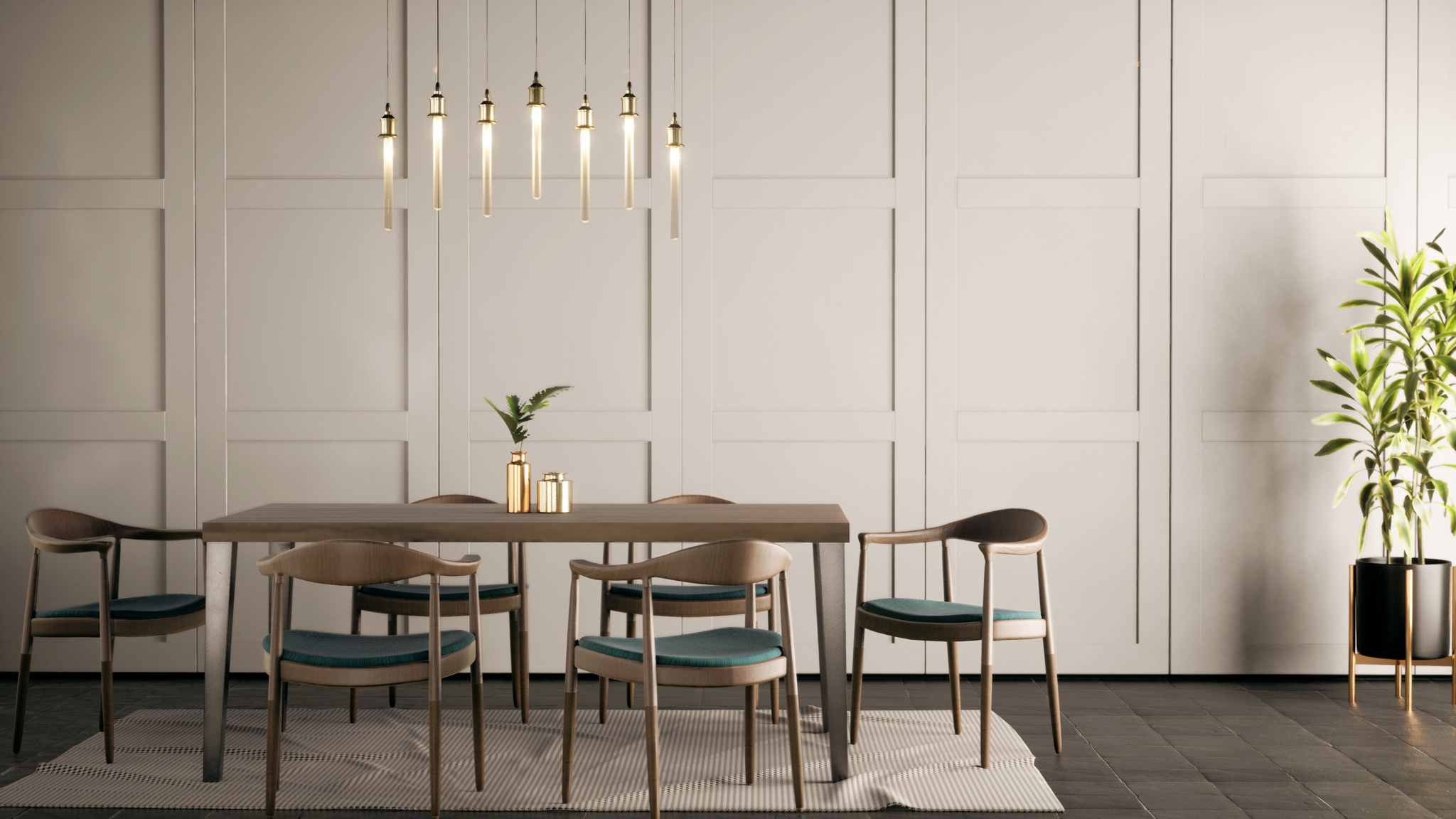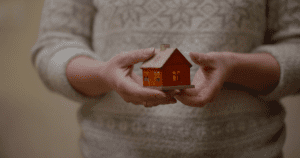Kit homes, prefabricated or prefab homes, have become increasingly popular as a viable alternative to traditional home construction. These homes are built off-site in a factory setting and then transported to the final location for assembly. Here’s a detailed look at what kit homes entail, their benefits, and considerations for potential buyers.
1. What is a Kit Home?
A kit home is a prefabricated housing in which components are manufactured in a factory and shipped to the building site for assembly. Unlike traditional construction, where materials are delivered to the site in raw form and assembled from scratch, kit homes arrive with pre-cut and prefabricated parts ready to be assembled.
2. Types of Kit Homes
Kit homes come in various forms, from basic designs to customizable options, allowing homeowners to personalize their living spaces. Some common types include:
- Panelized Homes: Walls, floors, and roof panels are pre-built in factory-controlled environments and assembled on-site.
- Modular Homes: Entire sections or modules of the home are built off-site and transported to the site for assembly.
- Prefab Homes: General term encompassing any home partially or entirely built in a factory before being transported and assembled on-site.
3. Benefits of Kit Homes
- Cost-Effective: Kit homes can be more cost-effective than traditional construction due to streamlined manufacturing processes, reduced labor costs, and bulk material purchases.
- Speed of Construction: Construction timelines for kit homes are often shorter since much of the assembly work is completed in a controlled factory environment.
- Quality Control: Factory-built components undergo stringent quality control measures, potentially leading to higher quality construction than on-site methods.
- Customization Options: Many kit home providers offer customization options, allowing homeowners to tailor floor plans, finishes, and features to suit their preferences.
4. Considerations Before Buying
- Permitting and Zoning: Check local zoning regulations and building codes to ensure kit homes are permitted in your desired location.
- Site Preparation: Ensure the building site is prepared according to specifications provided by the kit home manufacturer to facilitate smooth assembly.
- Transportation and Delivery: Consider logistics and transportation costs for delivering kit home components to your site.
- Assembly Expertise: Depending on the complexity of the kit home, you may need professional assistance for assembly, electrical, plumbing, and finishing work.
5. Environmental Considerations
- Energy Efficiency: Many kit homes incorporate energy-efficient features and materials, reducing environmental impact and utility costs.
- Waste Reduction: Factory construction generates less waste than traditional methods, promoting sustainability.
6. Financing and Insurance
- Financing: Kit homes may qualify for traditional mortgage financing, but lenders may have specific requirements regarding construction and assembly.
- Insurance: Ensure your kit home is adequately insured. Due to the unique construction process, coverage may differ from traditional homes.
7. Popular Kit Home Providers
Explore reputable kit home providers like:
- Blu Homes: Known for their modern designs and sustainable building practices.
- Method Homes: Offers customizable prefab and modular homes focusing on sustainable materials.
- Unity Homes: Emphasizes energy efficiency and custom design options.
Conclusion
Kit Homes offers an innovative approach to home construction, combining affordability, efficiency, and customization. Whether you’re looking for a weekend getaway, a primary residence, or an eco-friendly dwelling, kit homes provide diverse options to meet various lifestyle and budgetary needs. By understanding the process, benefits, and considerations involved, prospective homeowners can make informed decisions about integrating kit homes into their housing plans.









